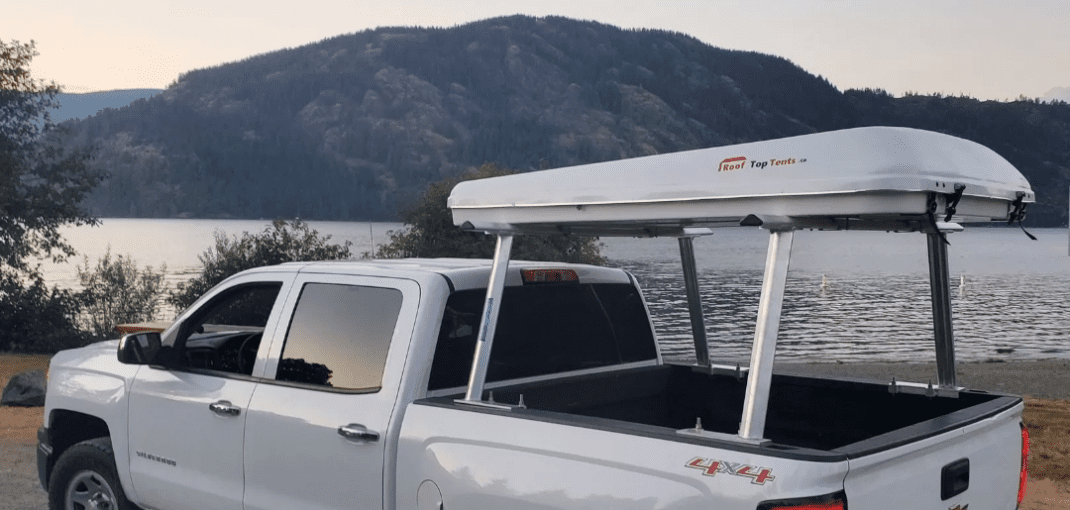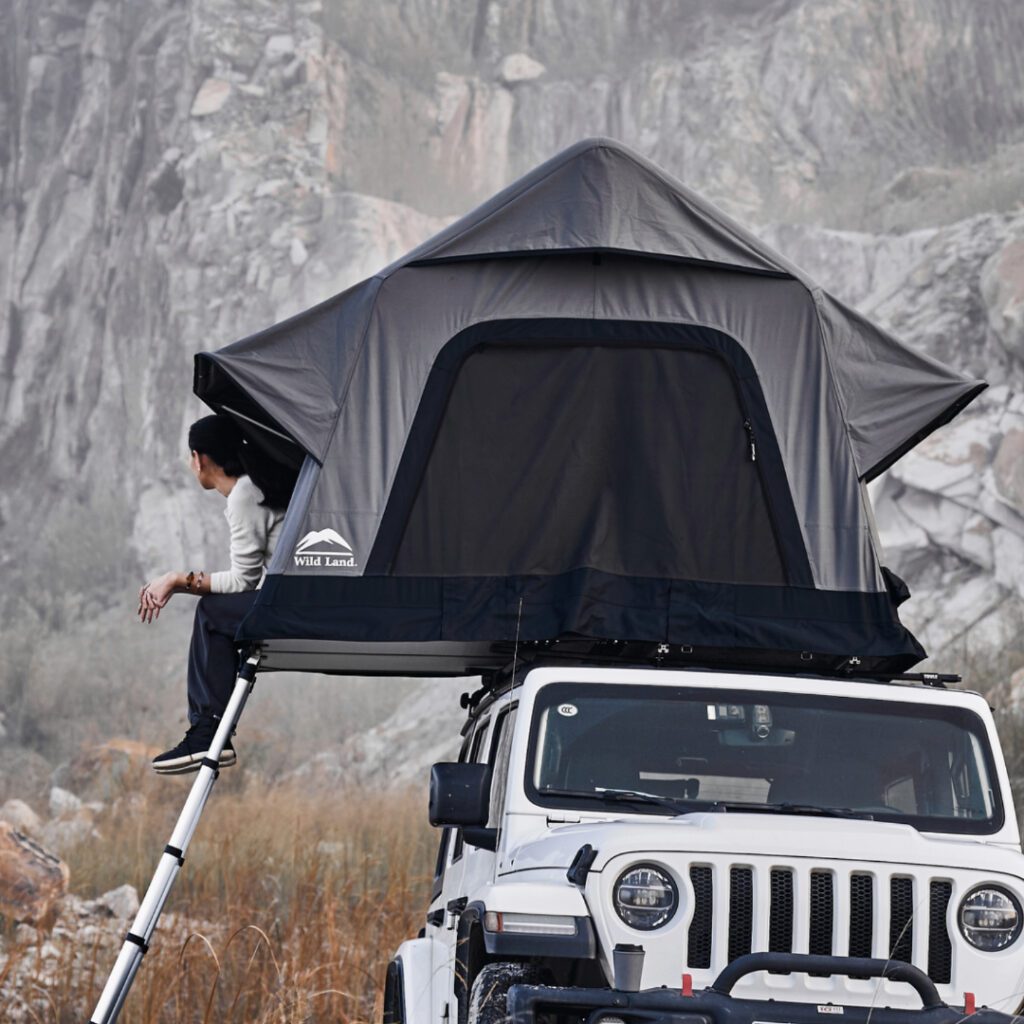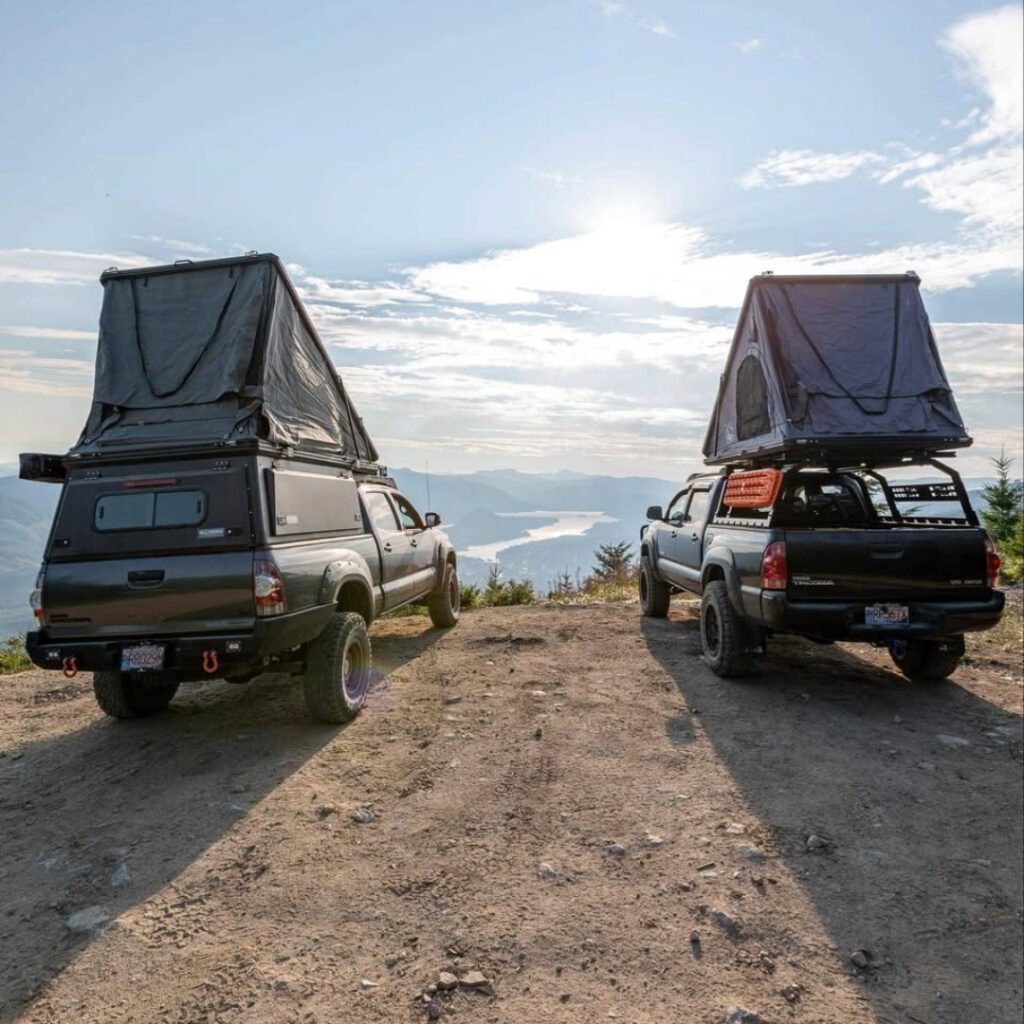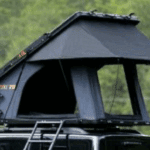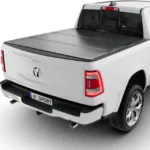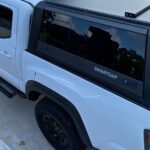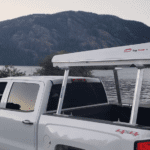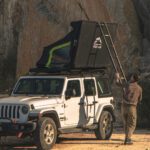Picking the “best” roof-top tent in Canada isn’t about brand hype. It’s about fit, climate, and build quality. Below is how we guide customers on Vancouver Island, along with what we’ve learned after years of installations, returns, and actual trips.
How to choose?
- Vehicle + rack limits: Check the dynamic roof/rack rating (what you can carry while driving). Your tent weight must sit under that number. Static capacity (parked) is higher, but dynamic is the safety gate.
- Bar spread: Most tents want roughly 30–40 in between crossbars. Too tight or too wide stresses the floor and hinges.
- Shell & fabric: Hardshells are faster (1–2 min set-up), better in wind, and shed snow well. Quality soft-shells still win for price and room. Look for robust base panels, tight seams, and proper PU coatings, not just big “waterproof” numbers.
- Mattress & condensation: Thick foam and airflow under the mattress make real-world comfort. Anti-condensation mats and a cracked vent/window help you wake up dry.
- Serviceability in Canada: Choose brands with parts support (ladders, covers, hinges) and clear warranty paths here, shipping a broken hinge across borders mid-season is pain you don’t need.
What’s trending (and worth it)
- Low-profile wedge & clamshell hardshells: Quicker set-up, less wind drag, better storm manners.
- Stronger floors, lighter structures: Honeycomb aluminium/composite bases keep flex down and comfort up.
- Real weather detailing: Better door hooding, stiffer rainflies, and upgraded seals.
- Algae-resistant and blackout interiors: Nicer sleep in long summer daylight; warmer feel in shoulder seasons.
- Mounting clarity: More brands now publish minimum bar spread and dynamic load requirements, good for safety and fewer returns.
What hasn’t worked over the years (common failure points)
- Under-built bases: Excess flex leads to squeaks, loose hardware, and cracked sealant lines.
- Cheap ladders & hinges: Wobbly ladders and soft fasteners fail fast; they’re safety items, don’t bargain-bin them.
- Covers that leak: Tired PVC travel covers soak bedding on the highway. If a new tent ships with a flimsy cover, budget for a replacement.
- Condensation denial: Every tent can collect moisture in cold/wet air. Without airflow under the mattress and a cracked vent, you’ll get damp walls and bedding.
Canada-specific tips (coast, cold, and long drives)
- Coastal rain + wind: Prioritise tight seams, quality zips, and a decent mattress + mat combo. A hardshell’s stiffer lid helps in squalls.
- Cold snaps: “4-season” on the box isn’t a universal standard. What matters is ventilation + insulation + a real mattress (R-value matters).
- Highway days: Lower profile = less noise and better mileage. Secure the cover perfectly every time, loose straps flog and tear.
Price tiers (what you should expect)
- Value soft-shell: Great for 3-season, a handful of trips a year, slower set-up, heavier overall.
- Mid-tier: Better fabrics, floors, and hardware; nicer sleep; still good value.
- Premium hardshell: Fastest set-up, stiffer bases, improved seals, and refined details. If you’re out most weekends or in mixed weather, this is usually the win.
Features you can save on vs. never cheap out
- Okay to save: Annex rooms, interior LEDs, and extra pockets. Add later if you actually need them.
- Don’t cheap out: Base/floor stiffness, mattress, ladder/hinges, and weather seals. Those four drive safety, comfort, and lifespan.
Used market if budget is tight
If you’re below new-entry pricing, shop used. Meet in daylight, insist on a full open/close, check floor/hinges for flex or cracks, inspect fabric and the travel cover, and confirm bar spread + dynamic rating fit your vehicle before handing over cash.
Bottom line
The “best” tent for Canada is the one that fits your vehicle ratings, your bar spread, your weather, and how often you actually camp. Spend on structure, mattress, and hardware; keep add-ons optional. If you’re still deciding, start value/mid-tier soft-shell; move to a low-profile hardshell once speed and storm performance matter more than price.
We’re your local Vancouver Island overlanding team. Installs, racks, tents, awnings, the whole setup. Any questions about travel or your rig, call 1-250-740-1844 and talk to a real person.

